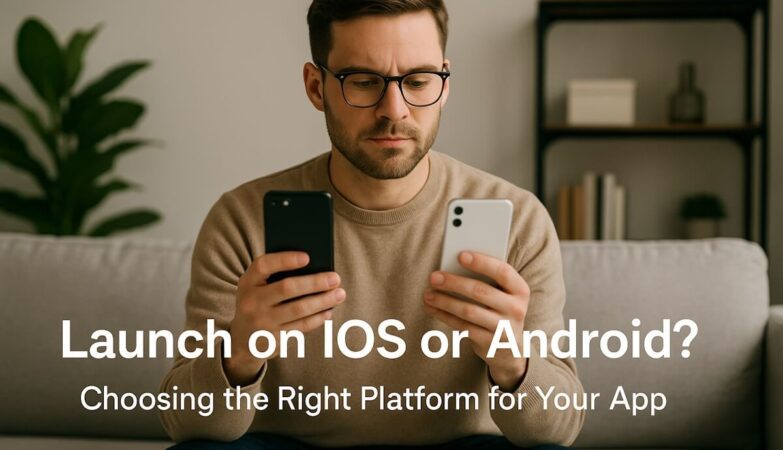Buying hearing aids online can be an excellent option for those looking to save money. However, there are a few things to remember before making this purchase.
First, ensure that the company is reputable and offers a wide range of products. This will help you find the best product for your hearing loss and budget.
Cost
Buying hearing aids online can be a great way to save money. However, it’s essential to understand the pros and cons of this option before you take the plunge.
The first pro is that you can shop for the best price on a specific device. That’s because hearing aid prices vary depending on the level of technology and the type of features you want.
You can also find discounts through insurance and managed care companies. The downside is that these discounts can be limited, and you’ll have to pay for follow-up care.
In-person care offers a higher level of service and is more likely to include comprehensive support and assistance. Usually, you’ll be required to schedule at least one appointment per year for maintenance and cleanings.
Another big pro of in-person care is that you can talk to a qualified and experienced professional about your needs. Unlike buying over-the-counter devices, which don’t require an audiologist’s consultation, in-person hearing aids are often customized to meet your hearing loss.
There are also online hearing aids that offer a Telehealth approach to care, which means you don’t have to leave the comfort of your home. These brands are respected in the audiology community and offer excellent customer service.
Convenience
Buying hearing aids online is often more convenient than visiting a brick-and-mortar store, as you can compare prices, research, and purchase from the comfort of your home. You may also find cheaper options than you would in person, saving you money in the long run.
Direct-to-consumer hearing aids are becoming more popular, as they’re available without seeing an audiologist in person.
Another advantage to purchasing hearing aids online is that they typically come with free technical support. This can be very helpful when experiencing a technical issue with your device and needing help resolving it.
The downside is that you may need to speak with an audiologist or hearing healthcare specialist who can provide personalized recommendations and fittings for your needs. This can be particularly important for people new to hearing aids or with unique hearing loss types.
On the other hand, in-person hearing aid purchases from experts like EarPros are usually a more personal experience, where you will take a hearing test and have your devices fitted by an audiologist in person. However, these in-person services can be costly and time-consuming. Plus, they can be difficult for those who need help to travel or live far from an office.
Accessibility
Accessibility is the ability for all people to perceive, interact with, understand, and navigate any technology. This includes websites, software applications, and physical products.
Generally, accessibility is considered to be an integral part of universal design. It is also closely related to other practices like inclusive design and usability.
The world wide web is an essential resource in many aspects of life: education, employment, government, commerce, health care, and recreation. Web pages must be accessible to people with disabilities and those with limited motor skills, poor Internet connections, and other limitations.
As a result, the web is increasingly being designed to be accessible to disabled users. It is a fundamental human right to access information and communication technologies. This right has been recognized by the United Nations Convention on the Rights of Persons with Disabilities (UN CRPD).
A typical accessible website does not rely solely on the mouse; it makes all functionality available through keyboard-based control. This allows people with disabilities to use assistive technologies, such as screen readers and speech input controls.
It is also critical to make content and nontext elements available to all users, including those with visual or hearing impairments who may not see images on a site. This is done by providing a text equivalent, or description, for all nontext elements.
Personalization
If you’re in the market for hearing aids, there are several options for buying online. Some companies allow you to pick and choose your device from various models, while others offer a more hands-on approach to enable you to try them out.
Personalized customer service is critical to building trust and loyalty. However, too much personalization can create a creepy feeling and drive away potential customers. This is why it’s essential to balance technology and human considerations when using data to deliver a more context-rich experience.
For example, music streaming platforms such as Spotify and Netflix use data about user history, engagement and behavior to make personalized recommendations for new songs, artists and albums. These recommendations are delivered in various ways to users, such as on their website and mobile app.
Personalization at scale is a powerful tool in the marketing and e-commerce toolset. It can help increase customer engagement, boost sales and improve several key performance indicators (KPIs). It also allows businesses to test products and messages, which can be refined to improve their effectiveness.









